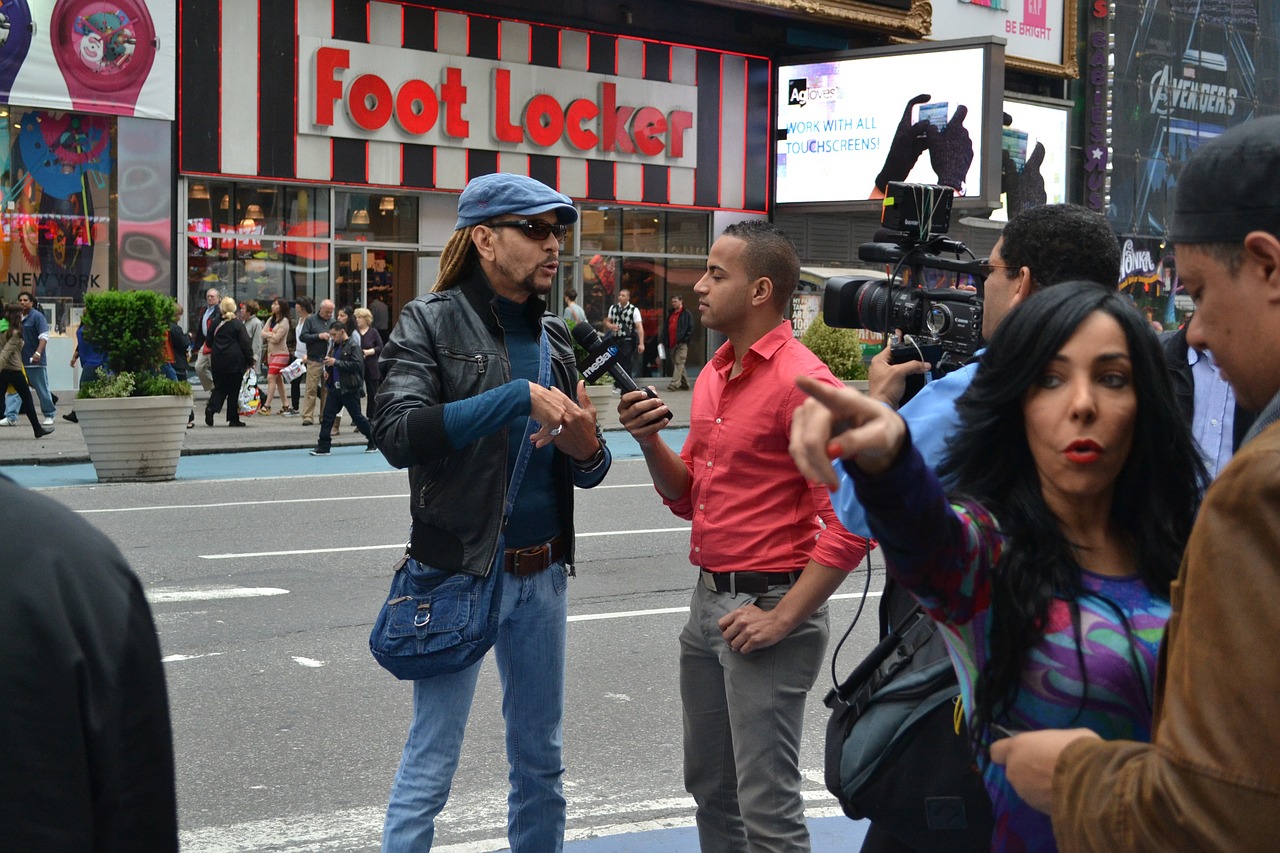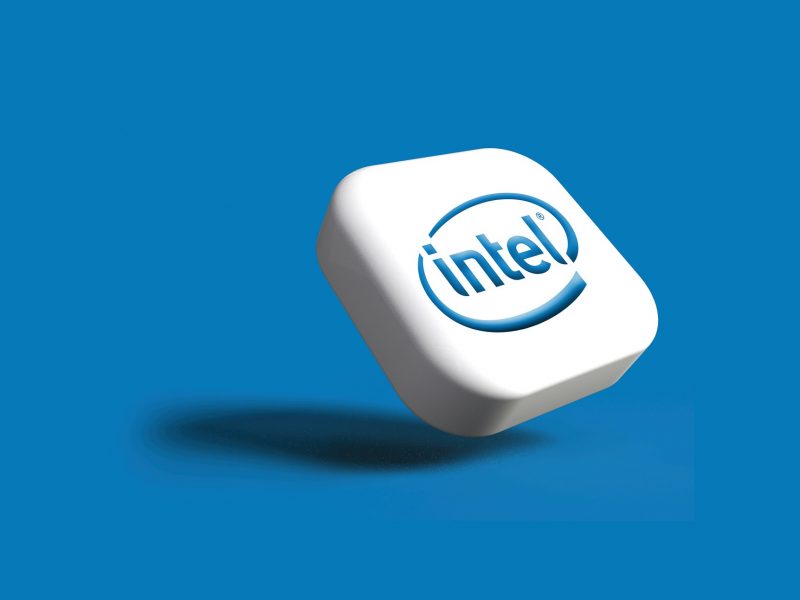Foot Locker, the renowned sneaker giant, recently reported another quarter of declining sales, prompting a second reduction in its annual outlook due to cautious consumer spending linked to inflation concerns. The company’s fiscal second-quarter earnings, after adjustments, aligned with Wall Street’s predictions. However, sales fell short of analysts’ estimates, marking yet another quarter of reduced margins attributed to promotions and increased shrink.
During the three-month period that concluded on July 29, Foot Locker’s performance was compared to Wall Street expectations, drawing insights from an analyst survey by Refinitiv:
- Adjusted earnings per share: 4 cents, in line with expectations
- Revenue: $1.86 billion, slightly lower than the anticipated $1.88 billion
A significant downturn was evident in the financials. The company transitioned from a profit of $94 million, or 99 cents per share, in the prior year to a loss of $5 million, or 5 cents per share. Notably, excluding one-time items, earnings amounted to 4 cents per share. Sales also took a hit, declining by 9.9% to $1.86 billion compared to $2.07 billion a year earlier.
The disappointing quarter led Foot Locker to further revise its forecast, just five months after its initial projection. Additionally, the company paused its quarterly cash dividend beyond the upcoming October payout of 40 cents per share. The retailer now anticipates a sales decrease ranging between 8% and 9% for the year, adjusting from the earlier forecast of 6.5% to 8%. Similarly, the company expects a decline in same-store sales, projecting a range of 9% to 10%, compared to the prior guidance of 7.5% to 9%.
Adjustments were also made to earnings guidance, with the adjusted earnings per share forecast now set at $1.30 to $1.50, a drop from the previous $2.00 to $2.25 range. CEO Mary Dillon attributed these changes to a “softening in trends in July,” which prompted a strategic shift to better cater to price-sensitive consumers while maintaining the strategic investments of the “Lace Up plan.”
For the past two quarters, Foot Locker had been reliant on promotions to drive sales, given the spending reduction by its core customers, primarily from the lower to middle income brackets, on discretionary items like footwear and clothing. This reliance on markdowns impacted the company’s margins, which dropped by 4.6 percentage points in comparison to the same period last year.
Foot Locker also cited shrinkage, a term denoting losses due to theft, damage, or other factors, as a contributing factor to diminished profits. However, the extent to which shrinkage affected margins in comparison to promotions was not disclosed.
During the reported quarter, comparable-store sales experienced a significant drop of 9.4%. The retailer attributed this decline to “ongoing consumer softness” and shifts in its vendor mix. While the exact brands undergoing changes were unspecified, Foot Locker has been striving to diversify its vendor mix and reduce its dependence on Nike. Notably, Nike had been a major driver of sales for Foot Locker but has been shifting towards a direct-to-consumer model and reducing its reliance on wholesalers for several years.
Foot Locker’s inventories remained high, increasing by 11% year-over-year to reach $1.8 billion. However, this represents an improvement from the first quarter of 2023, signaling a positive trend in inventory management.


